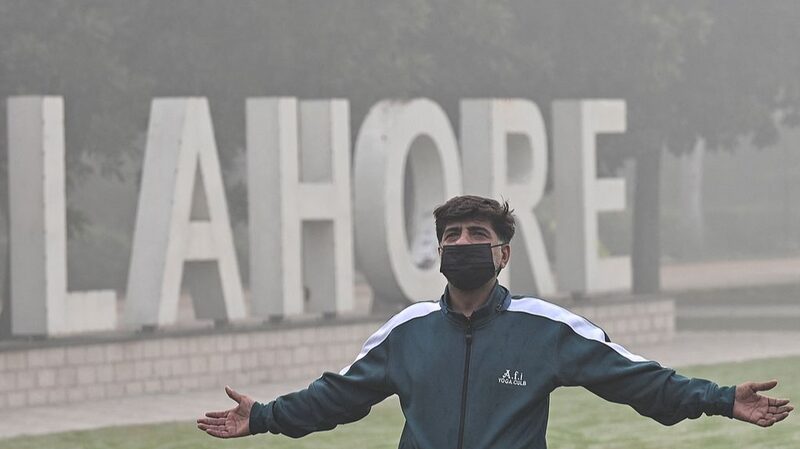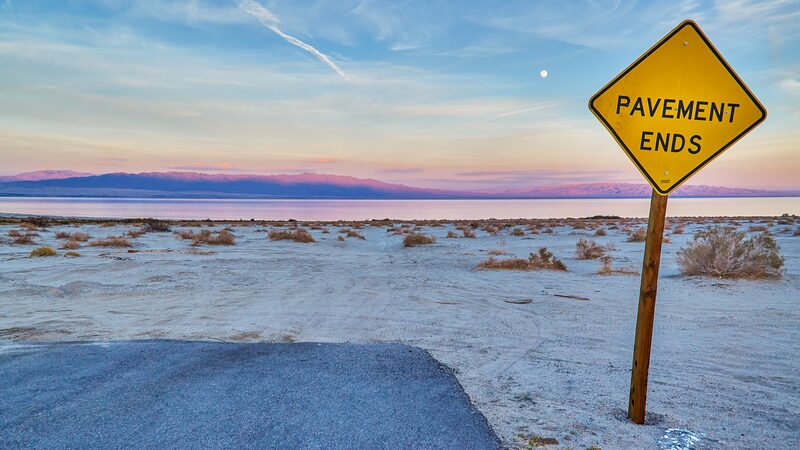Lahore’s skies turned into a dystopian haze this week as toxic smog forced authorities to close schools indefinitely—a move impacting over 2 million students. The city’s air quality index (AQI) soared to 450+ (hazardous levels!), with visibility dropping to under 500 meters. 🚨
Why it matters: This isn’t just a ‘bad air day.’ Residents describe burning eyes and throats, while doctors report a spike in respiratory cases. The smog—a mix of vehicle emissions, crop burning, and industrial pollution—has turned Pakistan’s cultural capital into one of the world’s most polluted cities.
Local response: The Punjab government urged mask mandates and remote work for offices. But with limited public awareness and weak enforcement, many still commute unprotected. \"Our children can’t breathe,\" said parent Amina Riaz. \"We need long-term solutions, not just school closures.\"
🌍 Zoom out: Lahore’s crisis mirrors broader climate challenges in South Asia. Neighboring India’s Delhi also faces annual smog battles, highlighting the urgent need for regional cooperation on air quality management.
Reference(s):
Asia News Wrap: Air pollution closes schools in Pakistan, and more
cgtn.com






